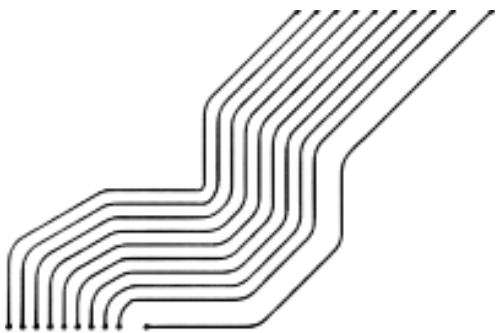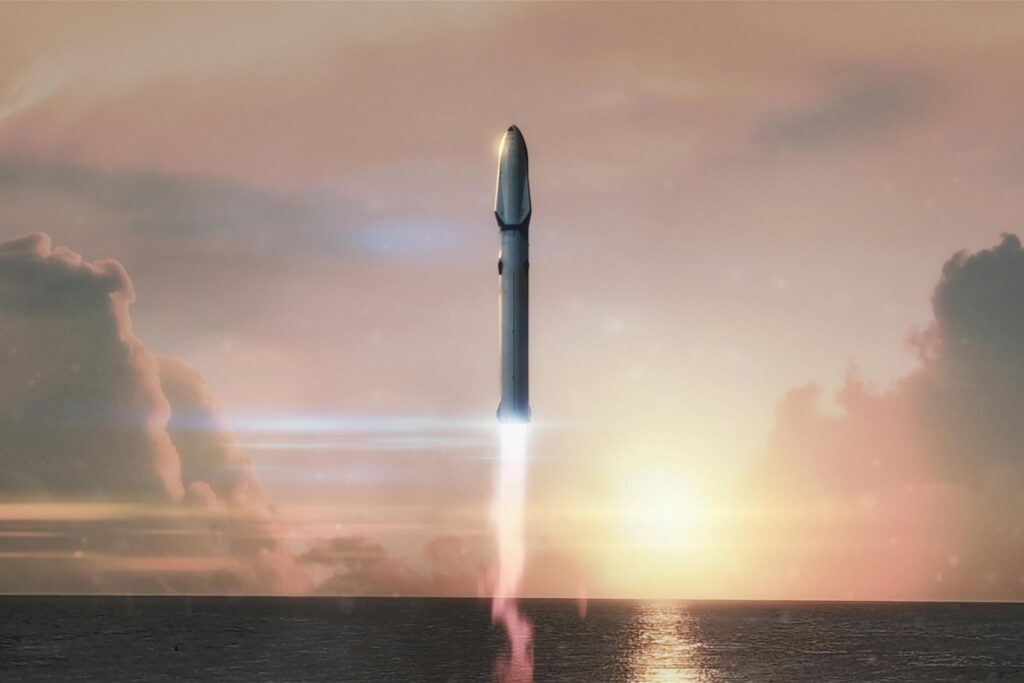The Future of Robotics: How Elon Musk is Changing Automation
Elon Musk has always been a visionary. From Tesla’s electric vehicles to SpaceX’s Mars ambitions, he now pushes the boundaries of robotics. His latest goal? Producing 10,000 Optimus humanoid robots this year. This bold initiative could revolutionize industries worldwide. But what does this mean for automation, labor, and technology?
What is Tesla’s Optimus Robot?
Optimus, also known as Tesla Bot, is a humanoid robot designed for tasks that are dangerous, repetitive, or mundane. Tesla unveiled its prototype in 2021, and since then, its development has progressed rapidly. The robot will initially assist in Tesla factories before expanding into other industries.
Why is Tesla Building 10,000 Optimus Robots?
Tesla envisions Optimus reducing the need for human labor in physically demanding jobs. By building 10,000 units in 2025, Tesla aims to:
- Improve factory efficiency
- Reduce labor costs
- Accelerate AI-driven automation
- Provide businesses with robotic solutions for workforce shortages
- Revolutionize industries through scalable automation
- Address the growing demand for AI-driven robotics
- Introduce a new era of humanoid assistants in workplaces and homes
How Will Optimus Impact Industries?
Manufacturing
Optimus robots will initially assist in Tesla’s factories. They will handle tasks like lifting heavy materials and assembling car components. This process will streamline production and improve workplace safety. By reducing physical strain on workers, these robots will enhance operational efficiency and minimize workplace injuries.
Healthcare
Humanoid robots could help in hospitals by assisting patients, delivering medical supplies, and handling administrative tasks. This shift could reduce strain on healthcare workers. With AI-driven enhancements, Optimus might also support elderly care, providing companionship and aiding in physical therapy.
Retail and Logistics
Automation in warehouses is already common, but humanoid robots could bring a new level of efficiency. Optimus may assist with inventory management, packing, and even customer service. The ability to navigate store aisles and interact with customers directly could redefine in-store shopping experiences.
Home Assistance
Elon Musk has hinted at a future where Optimus helps with household chores. This shift could be a breakthrough for elderly care and disabled individuals. A personal assistant that can cook, clean, and even provide security monitoring would make daily life easier and more convenient.
Agriculture
Farming is another sector that could benefit from robotics. Optimus could plant, harvest, and manage crops, reducing the need for human labor in harsh conditions.
Space Exploration
Given Musk’s interest in Mars colonization, Optimus could play a crucial role in off-world missions. These robots could support construction, mining, and survival tasks on Mars and other planets.
The Technology Behind Tesla Optimus
AI and Neural Networks
Optimus will operate using Tesla’s Full Self-Driving (FSD) AI. This technology allows it to navigate complex environments and perform human-like tasks. With each iteration, the AI will improve, enabling robots to handle more intricate responsibilities with increased autonomy.
Battery and Power Efficiency
The robot is designed for energy efficiency, running on a lightweight battery pack that maximizes performance. Tesla’s advancements in battery technology ensure Optimus operates for extended periods without frequent recharging.
Sensors and Vision System
Optimus uses Tesla’s advanced vision system, similar to its autonomous cars. This enables object recognition and real-time decision-making. Lidar and AI-powered image processing enhance its ability to interact with its surroundings more effectively.
Dexterity and Mobility
Tesla is developing Optimus with human-like dexterity. This design allows it to perform tasks that require precise hand movements, such as assembling intricate components or assisting in delicate medical procedures.
Challenges in Scaling Production
Although Tesla plans to build 10,000 robots, challenges remain:
- Manufacturing complexity: Producing humanoid robots involves more intricate processes than assembling cars.
- AI limitations: Optimus still requires improvements in learning and adaptability.
- Public acceptance: The introduction of humanoid robots into the workforce may face skepticism and resistance.
- Regulatory concerns: Governments may introduce laws and regulations that impact deployment and production.
- Ethical implications: AI control, data privacy, and human-robot interactions require careful consideration.
- Supply chain disruptions: Given global shortages of semiconductor chips and other critical components, production could face delays.
The Economic and Social Impact
Job Displacement vs. Job Creation
While some fear robots will replace human jobs, others believe they will create new roles in AI development, robot maintenance, and system supervision. As automation expands, new career opportunities in programming, robotics engineering, and human-robot collaboration will emerge.
Affordability and Accessibility
If Tesla achieves mass production, Optimus could become more affordable for businesses and even consumers in the future. This shift could lead to widespread adoption, reshaping the global workforce.
The Ethical Debate
Concerns about privacy, control, and robot autonomy continue to arise. Regulations may become necessary to ensure responsible use. Additionally, the integration of AI into daily life raises philosophical questions about human dependence on machines.
The Role of AI in Human Progress
As AI-driven robots grow more capable, society must balance technological advancements with ethical responsibilities. How much control should humans have over AI? What safeguards should be in place to prevent misuse? These are crucial questions for policymakers, scientists, and industry leaders.
What’s Next for Optimus?
Tesla has big plans for Optimus. While the initial batch will be deployed in Tesla factories, Musk envisions a future where these robots become a part of everyday life. Future updates may include enhanced AI, improved dexterity, and wider applications. If successful, Optimus could pave the way for a world where robots coexist with humans in various capacities.
FAQs
1. What is the Tesla Optimus robot used for?
Optimus is designed for repetitive and physically demanding tasks in factories, healthcare, retail, and home assistance.
2. When will Optimus robots be available for consumers?
Tesla has not announced an official release date for consumers, but commercial use is expected to expand in the coming years.
3. How much will the Tesla Optimus robot cost?
Tesla has not disclosed the exact price, but Musk aims to make it affordable in the long run.
4. Will Optimus replace human workers?
Optimus is intended to assist rather than replace workers, focusing on jobs that are dangerous or monotonous.
5. What makes Optimus different from other robots?
Unlike traditional industrial robots, Optimus features human-like mobility and AI capabilities, allowing it to perform a wider range of tasks.
6. Can Optimus be used for personal home assistance?
Yes, Musk has hinted at a future where Optimus could help with household chores, elderly care, and even companionship.
Tesla’s Optimus project is an ambitious step toward the future of robotics. While challenges remain, the potential benefits are vast. As AI and automation continue to evolve, Optimus could redefine how we work and live in the coming years. The world is on the brink of a robotic revolution, and Tesla is leading the charge.
Related Video
Watch this video for more details.
Explore More About Similar Innovations:
- UBTech’s Walker S2: Innovative Robotics for a New Era
- How MIT’s Robot Bees Achieved a Breakthrough in Flight Time



